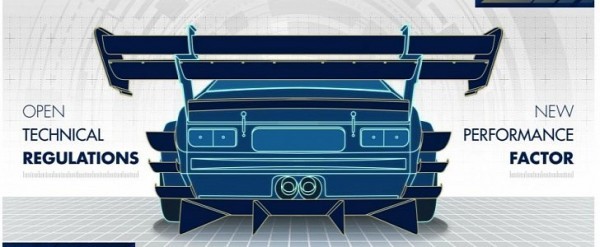
But FIA said back in March that this variety strength can also sometimes be the competitions weakness. Because there are so many different types of cars involved, it is very difficult for the governing body to propose standardized rules. Even the current classification of cars is hard to comprehend by spectators and competitors alike.
Because of this, as well as because of a number of other factors, the FIA Hill Climb Commission, with the support of the Technical Department of the organization, has conducted this past year a review of hill climb competitions rules with the goal to develop “regulations that are as inclusive and as practical as possible.”
Currently, the cars that take the challenge of going up various hills are divided into up to 25 classes and categories. The hill climb competitions allow entry for cars regardless of their road-worthiness: homologated, not-homologated or with an expired homologation.
The climb can be entered by cars from single-make trophies or racing series, including those that have been modified beyond the standards of the series they are usually competing in.
FIA does not take into account the origin of the car and not even the level of preparation or modification it was subjected to. THE PERFORMANCE FACTOR (Pf)
As of 2018, FIA would be introducing the Performance Factor (Pf), a standard technical framework enabling the inclusion of a maximum number of cars. As per the new Pf, all cars with a combustion engine of less than 6,500 cc are permitted to enter hill climbs, provided they conform to minimum safety standards as defined by the current FIA regulations.
Pf would be used to classify cars according to a “weight/performance factors” ratio, the single metric that allows measurements of the physical criteria of the cars. These criteria would take into account five elements: weight, engine, aerodynamics, transmission and chassis structure.
By using a mathematical formula it created, FIA would require participants to calculate the Pf of any car free of charge and via an online application, by calculating thirty values taken from the car.
The resulting Pf will determine the class in which the car will have to compete. It will be stored in a database, accessible to the drivers, organizers, and scrutineers.
If any modifications are to be made to the car between the races, the Pf has to be calculated again and, if needed, the class in which the car competes in can be changed.
The use of Pf means, says FIA, that the number of classes and categories would thus be reduced to five or six, eliminating ambiguities.
The first use of the Pf system would be during the European Championship with the establishment of virtual classifications using the Pf classification during the three FIA events.
For the rest of the events, FIA and the organizers would be informing participants of the changes.
For the time being, Pf would only be used for touring cars, GT, and silhouette-cars. Work is in progress for making Pf available for single-seaters and two-seater prototypes.








